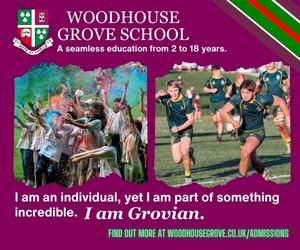Visual Impairment And Schools: What You Need To Know
There are around 25,500 children under 16 in the UK with vision impairment of some kind. Of these, around 9,500 are registered as blind or partially sighted. Around 20% of young people with vision impairment have additional special educational needs or disabilities and a further 30% have complex needs.
What Is Visual Impairment?
The term "visual impairment” covers a wide range of sight issues. At one end of the scale, a child may have low vision, having difficulty recognising faces across a street. At the other end, a severe sight impairment is defined as being unable to see at 3 metres what a normally sighted person can see at 60 meters.
How Does Visual Impairment Affect Education?
Where a child has a visual impairment and no other special educational needs or disabilities their education attainment may be slightly lower than other children with no additional needs. A disproportionate amount of children with visual impairment feature among the group of pupils identified as gifted and talented.
Education can be more of a challenge for a child with visual impairment but many children do very well with learning. A child with a visual impairment learns differently from a sighted child, relying on senses other than sight to acquire information. They may require additional attention and assistance to learn the sorts of things a sighted child may learn just from watching others. This is something we don’t often think about, but children (and adults) learn a great deal simply through sight. For example, a sighted child may see a dog in the street and easily tie it with the concept of a dog in a story or song. For a child with a visual impairment they may need to physically touch a dog from head to tail to appreciate what a dog is and how this relates to stories or facts they hear.
Can Children With Visual Impairment Attend Mainstream School?
The majority of children with vision impairment - around 64% - are educated in mainstream schools. Some of these schools may have additional resources specifically for children who are blind or partially sighted. Others may focus on including a partially sighted totally within all lessons etc.
Some children do need extra help and will require a specialist placement. This may be the case if a child has vision impairment as well as special educational needs or disabilities. Approximately 2% of children with a visual impairment attend special schools specifically for blind or partially sighted children.







